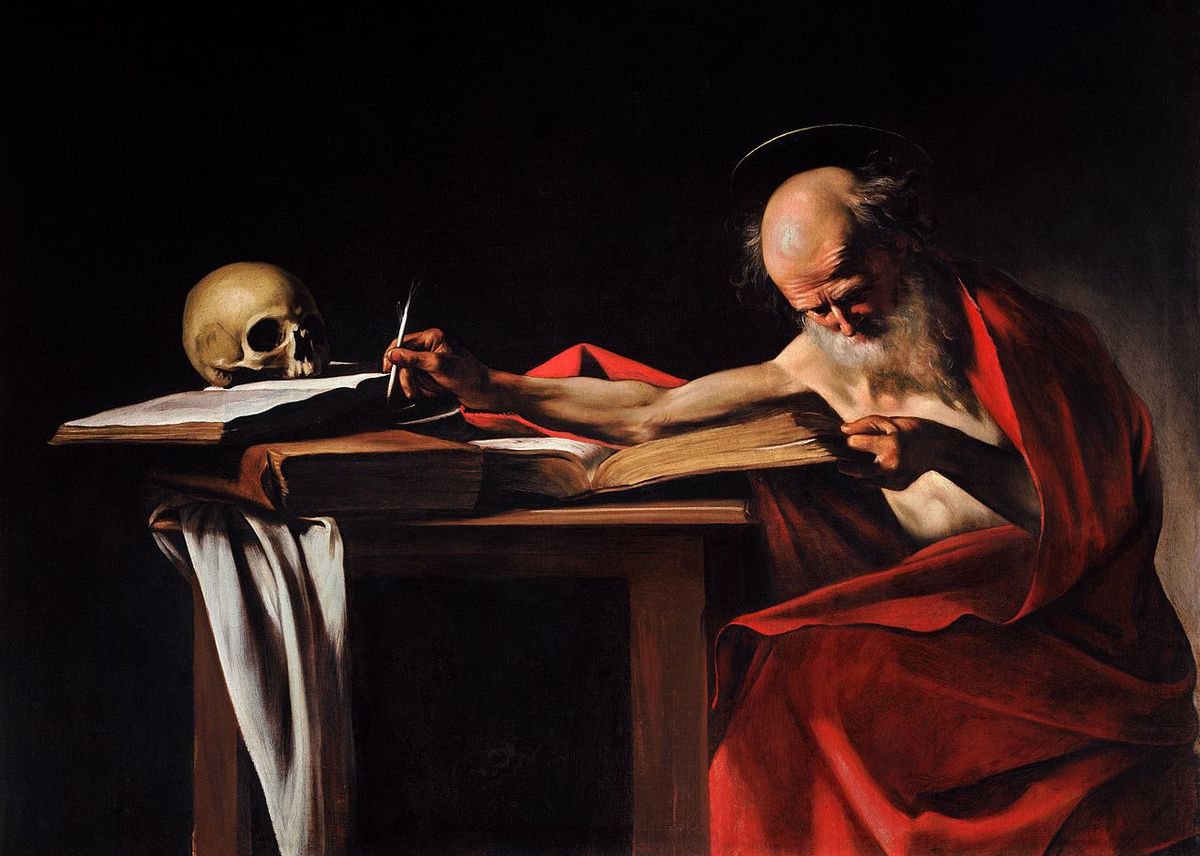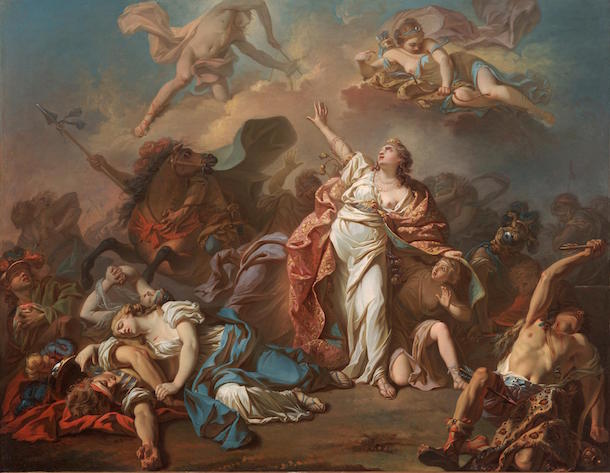Jillian Holbrook
AP European History 🇪🇺
335 resourcesSee Units
Continuity and Change in Culture
Censorship was prevalent in 18th-century Europe, with governments and religious institutions exerting control over the flow of information and ideas. The main purpose of censorship during this period was to maintain social order, protect the ruling elite, and uphold traditional values and beliefs. However, despite censorship, intellectuals relied on an increase in printed materials to distribute information. Using false names for publishing and engaging in private conversations in coffeehouses and salons, people circumvented censorship to develop a public opinion and circulate information out of private circles through newspapers, books, and pamphlets.
Although intellectuals of the time were introducing new scientific ideas about how the world works, the daily lives of people did not change much with this new information. Women began including themselves in the Enlightenment movement, being educated by their husbands who were politically involved, and writing to advocate for their own rights. However, women and the working poor remained largely unaffected.
Traditional authorities of the Catholic Church and monarchies were still considered experts in many ways, but the Scientific Revolution and the reasoning of humans supported by the Enlightenment began to change their established roles. Monarchs started supporting the studies of philosophers and scientists to increase their own power. Intellectuals researched their own ideas of best practices for the government and the economy, which created a platform of ideas for future revolutions.
Baroque Art 🎨
Until around 1750, Baroque Art was a symbol of authority, mostly used in religious imagery to convey power. Monarchs used the baroque style to imitate the same power and authority. Baroque Art is characterized by extreme contrast of colors, emotions, movement, elaborate decor, and theatrical dramatics. 🎭
Additionally, Baroque Art employs the use of light to show contrast. Caravaggio, Rembrandt, and Gian Lorenzo Bernini are some of the most commonly known Baroque Names. Sculptures were often very ornate and depicted extreme movement and emotion as well.
🎥 Watch: AP European History - Rocco Art

Image Courtesy of Artsy
Neoclassicism
True to its name, neoclassicism was a new version of the Classics. Neoclassicism focused on the characteristics of the ancient classics—column-based architecture, politically focused citizens, education, mythology, etc. The selected hues are often muted, and the focal point is typically something historical or political.

Image Courtesy of Useum
Leisure Activities
Through urbanization, people more consistently began living in cities and contributed to the development of a consumer economy and a rising working class. While the poor struggled to afford new consumer items, such as dishes, books, new clothing, cotton linens, mirrors, and home decor, the middle class could purchase them and other luxury items previously reserved for aristocrats of the time. 🧵
Upper-class leisure activities in 18th-century Europe included hunting, horseback riding, and attending balls and other social events. The aristocracy also enjoyed participating in outdoor activities such as picnics, fishing, and gardening. Many also spent time at country estates or visited spas and resorts to escape the heat and pollution of the cities.
However, other activities developed and expanded to the middle class, including trips to the theatre, opera, and museums; sports like horse racing, boxing, and cricket; as well as visits to coffeehouses and other public gathering spaces.
Browse Study Guides By Unit
🎨Unit 1 – Renaissance & Exploration
⛪️Unit 2 – Reformation
👑Unit 3 – Absolutism & Constitutionalism
🤔Unit 4 – Scientific, Philosophical, & Political Developments
🥖Unit 5 – Conflict, Crisis, & Reaction in the Late 18th Century
🚂Unit 6 – Industrialization & Its Effects
✊Unit 7 – 19th Century Perspectives & Political Developments
💣Unit 8 – 20th Century Global Conflicts
🥶Unit 9 – Cold War & Contemporary Europe
📚Study Tools
🤔Exam Skills
👉Subject Guides

Fiveable
Resources
© 2025 Fiveable Inc. All rights reserved.